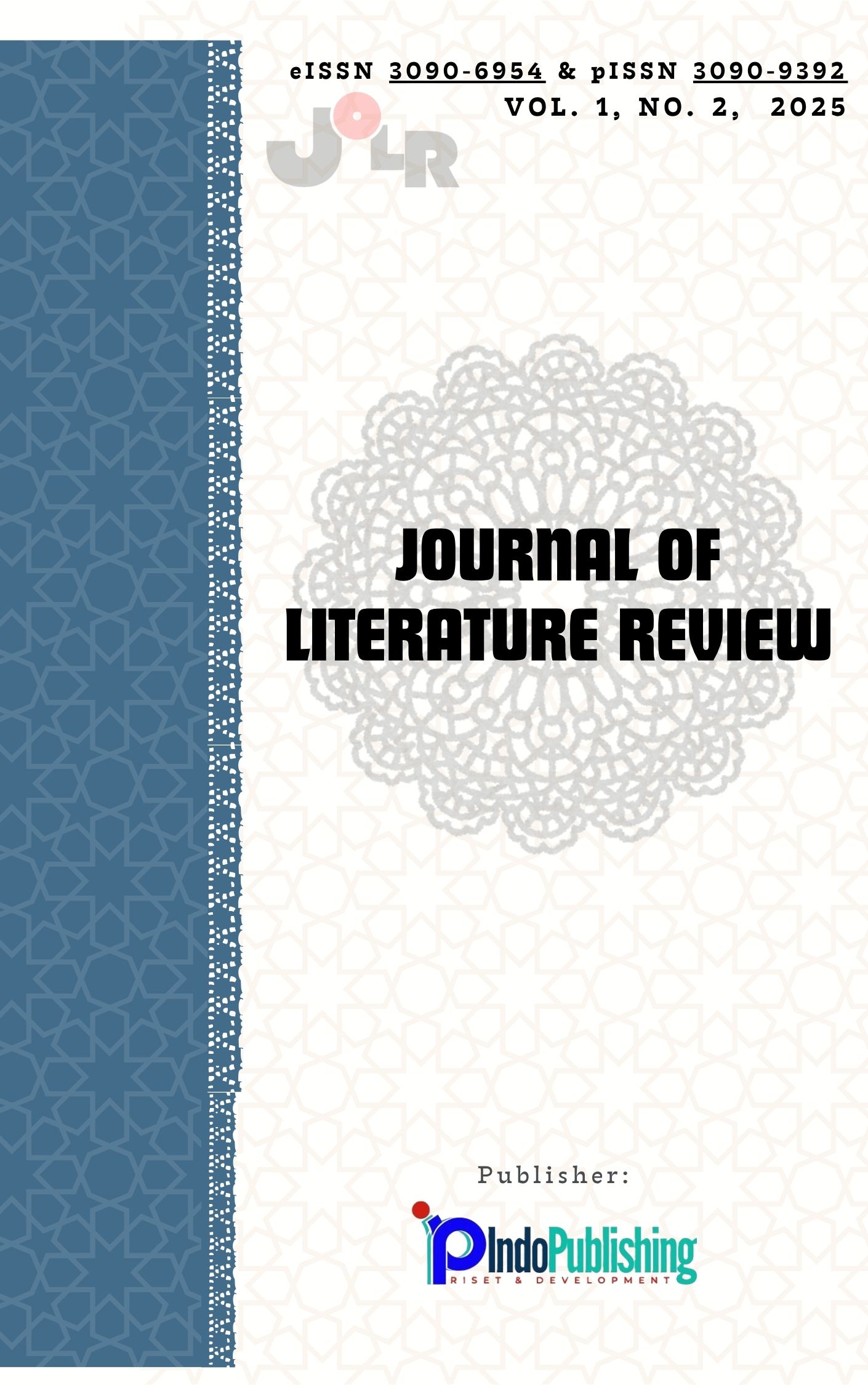A Peircean Semiotic Analysis of Elegiac Symbolism in Rithā’ al-Andalus by Abū al-Baqā’al-Rundī
DOI:
https://doi.org/10.63822/mwbpwj16Keywords:
Peircean semiotics, Rithā’ al-Andalus, Abū al-Baqā’ al-Rundī, Islamic identityAbstract
ABSTRACT
This study investigates Rithā’ al-Andalus by Abū al-Baqā’ al-Rundī through the semiotic lens of Charles Sanders Peirce to examine how poetic language communicates historical grief, spiritual identity, and collective memory. Composed in 1267 CE, the elegy laments the fall of Muslim Andalusia following the Christian reconquest. Beyond a personal outcry, the poem serves as a layered cultural document, encoding ideological resistance and loss through complex sign systems rooted in Islamic tradition and Andalusian history. The primary objective of this research is to analyze how Rithā’ al-Andalus employs Peirce’s triadic model of signs—icon, index, and symbol—to articulate themes of displacement, decline, and spiritual anguish. The study seeks to identify each type of sign within the poem and interpret its function in representing communal trauma and religious dislocation. This research adopts a qualitative interpretive approach. The original Arabic text is subjected to close reading, with poetic expressions classified based on Peircean categories. Each sign is interpreted within its historical, religious, and literary context, drawing on interdisciplinary scholarship in Islamic studies, medieval history, and Arabic poetics. The findings demonstrate that iconic signs evoke vivid visualizations of ruin and sorrow; indexical signs register the traces of temporal loss and cultural fracture; and symbolic signs encapsulate abstract notions of divine will, imperial collapse, and faith. Together, these elements construct a semiotic grammar of mourning. Ultimately, the study concludes that Rithā’ al-Andalus functions as more than a poetic elegy—it emerges as a symbolic archive of Andalusia’s fall and a resilient expression of Islamic identity through semiotic discourse.
Downloads
References
Abd Alhadi, Heyam, Ali Ahmad Hussein, dan Tsvi Kuflik. 2023. “Automatic Identification of Rhetorical Elements in classical Arabic Poetry.” DHQ: Digital Humanities Quarterly 17 (3).
Afisi, Oseni Taiwo. 2020. “The concept of semiotics in charles sanders peirce’s pragmatism.” Trends in Semantics and Pragmatics. Researchgate.
Bellucci, Francesco. 2020. Charles S. Peirce. Selected Writings on Semiotics, 1894–1912. Vol. 21. Walter de Gruyter GmbH & Co KG.
Burkhart, Dagmar. 2024. “An Analysis of Cultural Icons: A Synecdochic Procedure.” In Procedures of Resistance: Contents, Positions and the’Doings’ of Literary Theory, 85–103. Springer.
Fathurrahman, Muhamad Irfan. 2024. “Meanings and functions of Icon, Index, and Symbol in Kahf’s Self-Care product advertisement using Peirce’s theory.” UIN Sunan Gunung Djati Bandung.
Gaeta, Livio. 2024. “3 Evolutionary steps for linguistic signs: The place of indexicality.” In Indexicality, 99–126. De Gruyter Mouton.
Hidayah, Nur. 2017. “SEJARAH SASTRA ARAB DI ANDALUSIA.” Jurnal CMES 6 (Juni): 210. https://doi.org/10.20961/cmes.6.2.11716.
Keane, Webb. 2023. Signs of recognition: powers and hazards of representation in an Indonesian society. Univ of California Press.
Li, Li. 2021. “The Bloomsbury Companion to Contemporary Peircean Semiotics, edited by Tony Jappy.” Signs and Media 1 (2): 215–18.
Mohammadi, Reza. 2024. “A Semiotic Exploration of Poetic Discourse: An Analysis of ‘Madinat al-Sandbad’[In Arabic].” Journal of Studies in Applied Language (JSAL) 7 (3): 1–24.
Nurchalis, Mawaddah Rizkima, Rasyad, dan Suraiya. 2025. “Al-Bunāwiyyah Ash-Shakliyyah fī Shi‘r ar-Rithā’ li-Abī Isḥāq Ibrāhīm bin ‘Ubaid Yāsīn lil-Andalus.” An-Nahdah Al-’Arabiyah 5 (1): 120–28. https://doi.org/10.22373/nahdah.v5i1.6364.
Qarah, Faisal. 2024. “AraPoemBERT: A Pretrained Language Model for Arabic Poetry Analysis.” arXiv preprint arXiv:2403.12392.
Tarabieh, Abdallah Ebraheem. 2022. Arabic and Hebrew Poetry in Andalusia Between Light and Darkness. Cambridge Scholars Publishing.
Searle, John R. Speech Acts: An Essay in the Philosophy of Language. Cambridge University Press, 1969.
Stemmer, Brigitte, dan Harry A. Whitaker (Ed.). Handbook of the Neuroscience of Language. Elsevier, 2008.
Sudaryanto. Metode dan Aneka Teknik Analisis Bahasa. Sanata Dharma University Press, 2015.
USTUN, Mahmut. 2021. “Elegy in Classical Arabic Poetry.” Kafkas University, Faculty of Divinity
Van Dijk, Teun A. Discourse and Knowledge: A Sociocognitive Approach. Cambridge University Press, 2014.
Downloads
Published
Issue
Section
License
Copyright (c) 2025 Athian Sulthon, Ubaid Ridlo, Alek (Author)

This work is licensed under a Creative Commons Attribution-NonCommercial-ShareAlike 4.0 International License.



